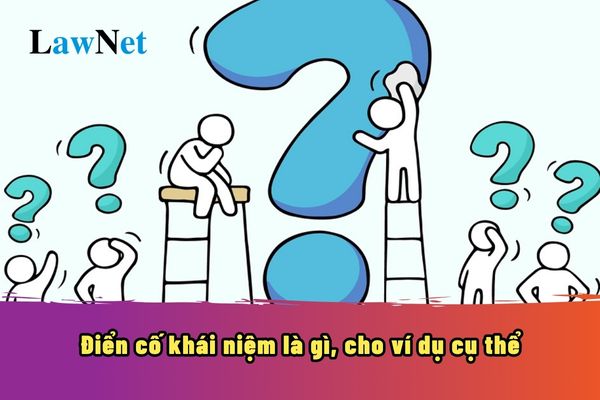Vietnam: What do classical allusion (give examples) and the rhetorical device of classical allusion mean?
What do classical allusion and the rhetorical device of classical allusion mean?
- "Classical allusion" means an effective tool that helps authors enrich language and enhance the artistic quality of their works. Utilizing classical allusions requires the writer to have extensive knowledge of culture and history.
Students can refer to the following information on classical allusion and the rhetorical device of classical allusion:
|
What do classical allusion and the rhetorical device of classical allusion mean?
|
*Note: Information is for reference only./.

What do classical allusion (give examples) and the rhetorical device of classical allusion mean? (Image from Internet)
What is the grade at which students in Vietnam study classical allusions in the Literature curriculum?
Under Section 5 of the General Education Program for Literature issued under Circular 32/2018/TT-BGDDT, the outcomes required after completing the 9th-grade Literature curriculum are as follows:
VIETNAMESE KNOWLEDGE
1.1. Differences in Meaning of Some Confusing Sino-Vietnamese Elements (e.g., dong in dong dao, dong âm, dong minh; minh in thanh minh, minh oan, u minh)
1.2. Classical Allusions (e.g., "Ngưu Lang - Chức Nữ", "Tái ông thất mã"): Characteristics and Effects
1.3. Meaning and Usage of Acronyms for Important International Organizations (such as: UN, UNESCO, UNICEF, WHO, WB, IMF, ASEAN, WTO, ...)
...
Thus, 9th-grade students will study classical allusions in the Literature curriculum.
What are the required outcomes for extensive reading in the 9th-grade Literature curriculum in Vietnam?
Under Section 5 of the General Education Program for Literature issued under Circular 32/2018/TT-BGDDT, the outcomes required after completing the 9th-grade Literature curriculum are as follows:
Extensive reading
- In one academic year, read a minimum of 35 literary texts (including texts guided for reading on the Internet) that are equivalent in type and length to the texts studied.
- Memorize some favorite poem excerpts or entire poems within the program.
Argumentative Texts
Reading Comprehension of Content
- Identify and analyze the thesis, main arguments, reasoning, and typical evidence in a text.
- Analyze the relationship between thesis, arguments, reasoning, and evidence; the role of arguments, reasoning, and evidence in presenting the thesis.
- Comment on and assess the truthfulness and fallacies of the issues raised in the text.
Reading Comprehension of Form
- Recognize and evaluate common persuasive methods used in commercial advertisements.
- Distinguish the presentation of issues objectively (only providing information) and subjectively (expressing the writer's sentiments and viewpoints).
Relation, Comparation, Connection
- Relate ideas and messages in the text to historical, cultural, and social contexts.
- Understand that the same issue raised in a text can be perceived differently by readers.
Extensive reading
In one academic year, read a minimum of 9 argumentative texts (including texts guided for reading on the Internet) that are equivalent in length to the studied texts.
Informational Texts
Reading Comprehension of Content
- Analyze the basic information of a text; explain the significance of the title in reflecting the text’s basic information.
- Evaluate the role of key details in the text.
Reading Comprehension of Form
- Identify and analyze the characteristics of a text that introduces a scenic place or historical site, interviews; point out the relationship between the features of a text and its purpose.
- Recognize and analyze the effects of information presentation techniques in the text such as chronological order, causal relationships, classified objects, comparisons, and contrasts...
Relation, Comparation, Connection
- Identify and analyze the relationship between linguistic and non-linguistic means (such as graphs, diagrams) used to express information in a text.
- Relate and apply what has been read from the text to solve a problem in life.
Extensive reading
In one academic year, read a minimum of 18 informational texts (including texts guided for reading on the Internet) that are comparable in length to the studied texts.

